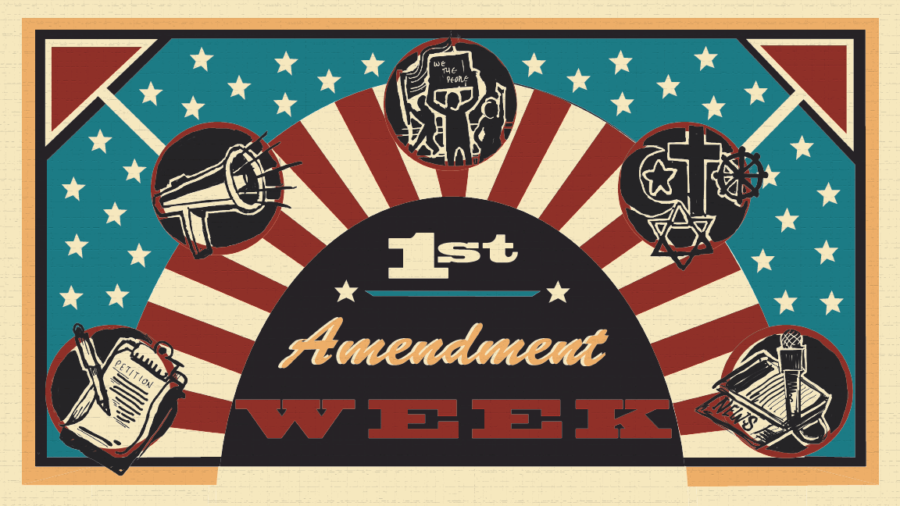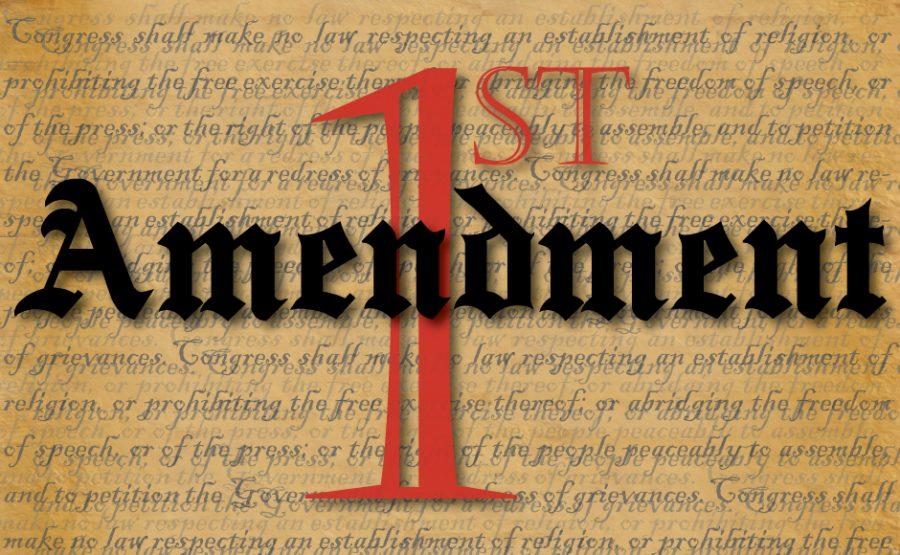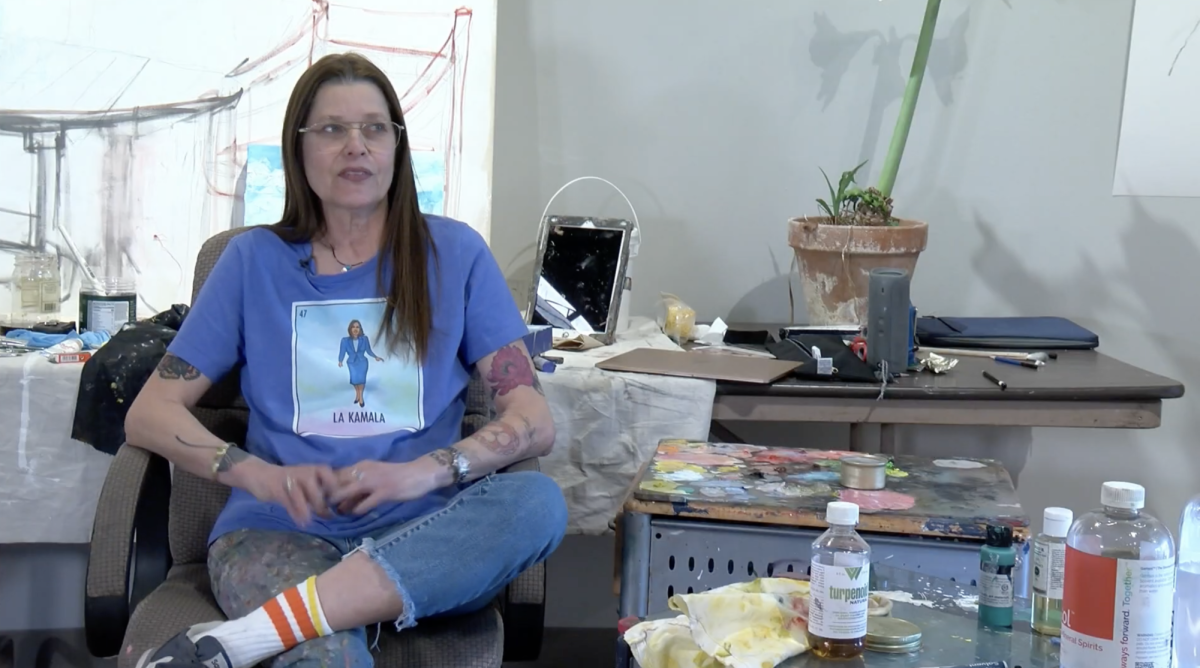From Hazelwood to Home, Silence of the Press Persists
April 30, 2021
During a time in which people are being encouraged to speak up about what they deem is important, some of America’s most valuable voices are being silenced.
Among them are student journalists who simply want to exercise freedom of the press, a right guaranteed under the First Amendment, by covering pressing issues in their communities. When considering how to deal with the censorship of student journalists, Hazelwood School District v. Kuhlmeier (1988) is used as a model.
According to a case summary published by United States Courts, two articles written for Hazelwood East High School’s newspaper The Spectrum, sparked controversy. The stories covered the experiences of the impact of divorce and teen pregnancy among the young authors’ peers. Before they could be released, the high school’s principal failed to inform the students that he had erased the articles from the paper. Upon realizing there were pages missing from The Spectrum, students of the Journalism II class that penned the stories formed a case against the school district and took it to the U.S. District Court for the Eastern District of Missouri in St. Louis.
Their hopes of putting the articles back in the newspaper were shattered when the trial court authorized the actions of the school. They later appealed to the U.S. Court of Appeals for the Eighth Circuit, which reversed the lower court’s decision and labeled The Spectrum as a public forum. Unfortunately, this categorization was revoked as soon as the school district took the case to the U.S. Supreme Court. As the case came to a close, it was determined the students’ free speech rights were not violated by the actions of the principal. Looking further into the control the administration had over the newspaper, they concluded that the school was justified in its interest in limiting inappropriate content. Ever since this 5-3 ruling, a precedent has been set and is known as the Hazelwood standard.
Ultimately, if the media outlet is not a public forum, meaning student editors have power to determine the content they publish, schools can get away with censoring student media if there is an educational purpose. Although the Hazelwood standard gave administrators the power to censor based on pedagogical concerns, there have been several instances in which they find other reasons to shut down student speech.
One of the most common situations is when students report on issues that potentially portray their school in a negative light. For example, according to an article published by the National Center for Free Speech and Civic Engagement titled “Freedom of the Press on Campus,” Fairmont State University adviser Michael Kelley was let go in 2015 after a story about the campus’s mold problem was published. “It was the grand and final action from the administration after repeatedly threatening to defund the newspaper,” according to a news article published by the Student Press Law Center. These extreme approaches to halting the production of student-made media show how sneaky school officials can be, especially when they do not have a legitimate educational purpose for censorship.
While the criteria for censorship remain broad, my reaction to these situations is blunt. Student media should not be censored because it compromises the principles of journalism.
When told they cannot publish their work, the mindsets of students shift. They become doubtful of their work and start to censor themselves, which can result in a lack of public accountability, truthfulness, and balance. In addition to basic journalistic values being sacrificed, it is possible for their work ethic and enthusiasm to become diminished. These students chose to practice journalism, not public relations. Whether crafting articles about sports, breaking news, or their opinions, it is vital for students to know their rights when it comes to publishing their work through their school’s journalism program. Information about special protections for student journalists can be found on the website of the Student Press Law Center, a nonpartisan organization that intends to “promote, support and defend the First Amendment and press freedom rights of high school and college journalists and their advisers.”
In addition to learning about their rights as journalists, student media creators should not take the decisions of administration as the be-all and end-all. Standing up for what they believe in is essential. When faced with unrelenting backlash, a last-resort solution, according to the SPLC’s list of ways to fight censorship, is to seek other platforms—somewhere the content will not be censored, such as a self-funded underground publication. These reactions can be avoided by clear and consistent communication between student journalists, their advisers, and administration.
Everyone involved in situations of possible censorship must understand the fact that student journalists are not professionals and should not be treated as such. However, they should be trusted to use their best judgement, a skill that will help them in the real world. At the end of the day, administrators must realize that they are in the process of learning the skills necessary to produce content, not with ill-intentions of sabotage or ruining reputations, but with the main goal of keeping their community informed.








